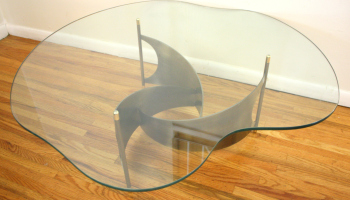The air conditioning cycle helps to explain how an AC works and the air conditioning cycle. The first step is to understand the relationship between pressure and temperature. According to the combined gas law, whenever you heat up a gas, pressure also increases. Similarly, pressurizing gas causes heat to increase. An air conditioner uses the combined gas law to pressurize and depressurize refrigerant to increase or decrease its temperature.
Air Conditioning Cycle
This post discusses the air conditioning cycle, which is a breakdown of the basic workings of an air conditioner.
Air Conditioning 101
An air conditioner transfers heat from the indoors to the outdoors. Contrary to popular belief, an AC doesn’t create cold air, rather, it extracts heat from the indoor air and sends it outside. When heat is removed from the indoor air, the air cools down. As such, it’s best to think of the air conditioning process as a flow of heat from the indoors to the outdoors. If your AC isn’t blowing in air as cold as you’d like, then you can try to make it colder as well.
The Refrigeration Cycle
An AC works using a thermodynamic cycle referred to as the refrigeration cycle. It does that by changing the state and pressure of the refrigerant to release or absorb heat. The coolant (refrigerant) absorbs heat from inside your home and pumps it outside. Most ACs are split systems, with a unit outside and another inside.
The outside unit is normally located at the back or side of the building. The inside unit is normally inside the house somewhere, in the basement, attic, crawl space or closet. It’s important to keep this piece in good condition to save money on costly repairs and on your AC bill.
Basic Parts of The Refrigeration Cycle
Air flows over the indoor coils, which contain cold refrigerant. When this happens, heat from the air is transferred to the refrigerant inside the coils. The air flowing over the coils then gets cold, dropping in temperature.
Once the refrigerant absorbs the heat, it changes from a liquid to a gaseous state. The refrigerant is then transferred to the compressor in the next step of the refrigeration cycle.
The warm, vaporized refrigerant gets pressurized (compressed) to a hot temperature. The refrigerant is still a bit cool, even though it has absorbed heat from the air indoors. The warmer vaporized gas that’s still cool enters the compressor to increase its temperature and pressure.
The temperature of the refrigerant has to be increased because it needs to be warmer than the outdoor air. Bear in mind that heat flows from warmer to cooler bodies.
After the refrigerant temperature is increased, it then flows to another set of coils referred to as the condenser coils (located outside the unit). Hot refrigerant flows into the condenser coils losing heat to the outdoor air.
Since the refrigerant has been pressurized (compressed) it’s now hotter than the outdoor air. A condenser fan blows hot air over the outdoor condenser coils. As the air flows over the condenser coils, heat is removed from the refrigerant and released into the outdoor air.
At this point, the refrigerant’s temperature is still pretty high in heat and will need to drop before it can absorb more heat from the indoor air. The refrigerant is depressurized, usually by a thermostatic expansion valve, causing a drop in temperature.
Bottom Line
Once the refrigerant gets cooled; it flows back into the evaporator coils where the refrigeration cycle begins again -- and that’s the air conditioning cycle. The cycle is basically the same for your refrigerator and freezer so that you can get all of the health benefits.









